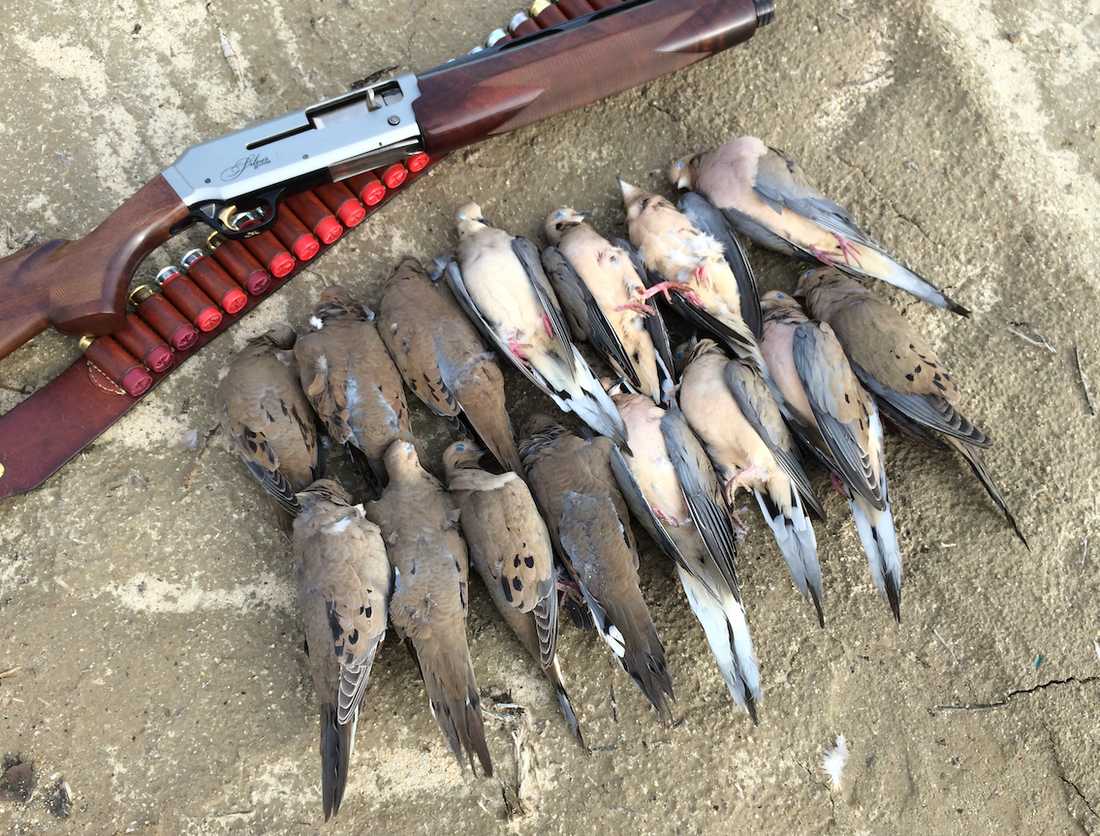Birdwatching and bird hunting are popular activities enjoyed by enthusiasts across the United States. However, to ensure the sustainable management of migratory bird populations, the U.S. Fish and Wildlife Service (USFWS) has implemented a set of regulations governing migratory bird hunting. In this blog post, we will explore the key aspects of these regulations and their importance in balancing conservation efforts with recreational hunting.
Migratory Bird Treaty Act and Frameworks:
The foundation of migratory bird hunting regulations in the United States lies in the Migratory Bird Treaty Act (MBTA) of 1918. The MBTA was enacted to protect migratory birds by making it illegal to pursue, hunt, take, capture, or kill them without proper permits and licenses. Under the MBTA, the USFWS collaborates with other countries through bilateral treaties to conserve migratory bird species shared across international borders.
Each year, the USFWS establishes hunting frameworks in collaboration with state wildlife agencies. These frameworks determine the hunting seasons, bag limits, and other regulations for various migratory bird species, ensuring sustainable harvests while protecting populations.
Waterfowl Hunting Regulations:
Waterfowl, such as ducks and geese, are among the most popular targets for migratory bird hunters. The USFWS sets annual frameworks for waterfowl hunting based on scientific population assessments and conservation objectives. These frameworks take into account factors like population size, breeding success, and habitat conditions to determine the allowable hunting seasons and bag limits.
Waterfowl hunters are required to obtain the appropriate federal and state hunting licenses, stamps, and permits. These permits may include the Federal Duck Stamp, which helps fund wetland conservation projects, and the Migratory Bird Hunting and Conservation Stamp (Duck Stamp), which serves as both a permit and a collectible work of art.
Hunting Ethics and Conservation:
Migratory bird hunting regulations also emphasize ethical hunting practices and conservation efforts. Hunters are expected to adhere to principles of fair chase, ensuring a humane and respectful approach to hunting. Additionally, conservation measures, such as the protection of wetlands and critical habitats, are integral to maintaining healthy migratory bird populations.
Partnerships with Conservation Organizations:
Conservation organizations play a crucial role in supporting migratory bird populations and habitat conservation. Many organizations collaborate with federal and state agencies to fund research, habitat restoration projects, and public outreach initiatives. These partnerships contribute to the overall success of migratory bird hunting regulations and conservation efforts.
Migratory bird hunting regulations in the United States are designed to balance the enjoyment of recreational hunting with the conservation of these magnificent species. Through the MBTA and collaborative frameworks, the USFWS ensures sustainable harvests, protecting migratory bird populations for future generations. By adhering to ethical hunting practices and supporting conservation initiatives, bird hunters can actively contribute to the preservation of these incredible creatures and their habitats. Let's continue to appreciate and enjoy the beauty of migratory birds while working together to protect their well-being.
Click here for details: 50 CFR 20 - Migratory bird hunting regulations

